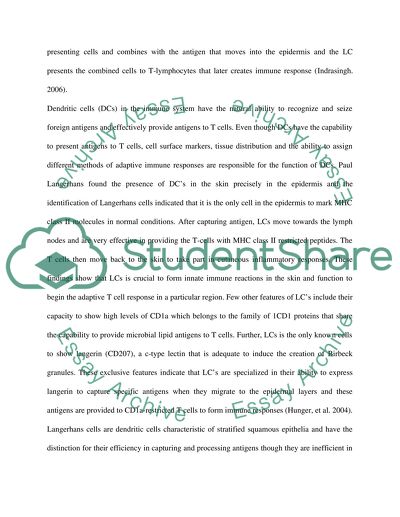Cite this document
(Biological Function of Langerhans Cells Case Study Example | Topics and Well Written Essays - 2000 words, n.d.)
Biological Function of Langerhans Cells Case Study Example | Topics and Well Written Essays - 2000 words. https://studentshare.org/health-sciences-medicine/1549045-describe-in-molecular-detail-the-biological-function-of-langerhans-cells
Biological Function of Langerhans Cells Case Study Example | Topics and Well Written Essays - 2000 words. https://studentshare.org/health-sciences-medicine/1549045-describe-in-molecular-detail-the-biological-function-of-langerhans-cells
(Biological Function of Langerhans Cells Case Study Example | Topics and Well Written Essays - 2000 Words)
Biological Function of Langerhans Cells Case Study Example | Topics and Well Written Essays - 2000 Words. https://studentshare.org/health-sciences-medicine/1549045-describe-in-molecular-detail-the-biological-function-of-langerhans-cells.
Biological Function of Langerhans Cells Case Study Example | Topics and Well Written Essays - 2000 Words. https://studentshare.org/health-sciences-medicine/1549045-describe-in-molecular-detail-the-biological-function-of-langerhans-cells.
“Biological Function of Langerhans Cells Case Study Example | Topics and Well Written Essays - 2000 Words”. https://studentshare.org/health-sciences-medicine/1549045-describe-in-molecular-detail-the-biological-function-of-langerhans-cells.


